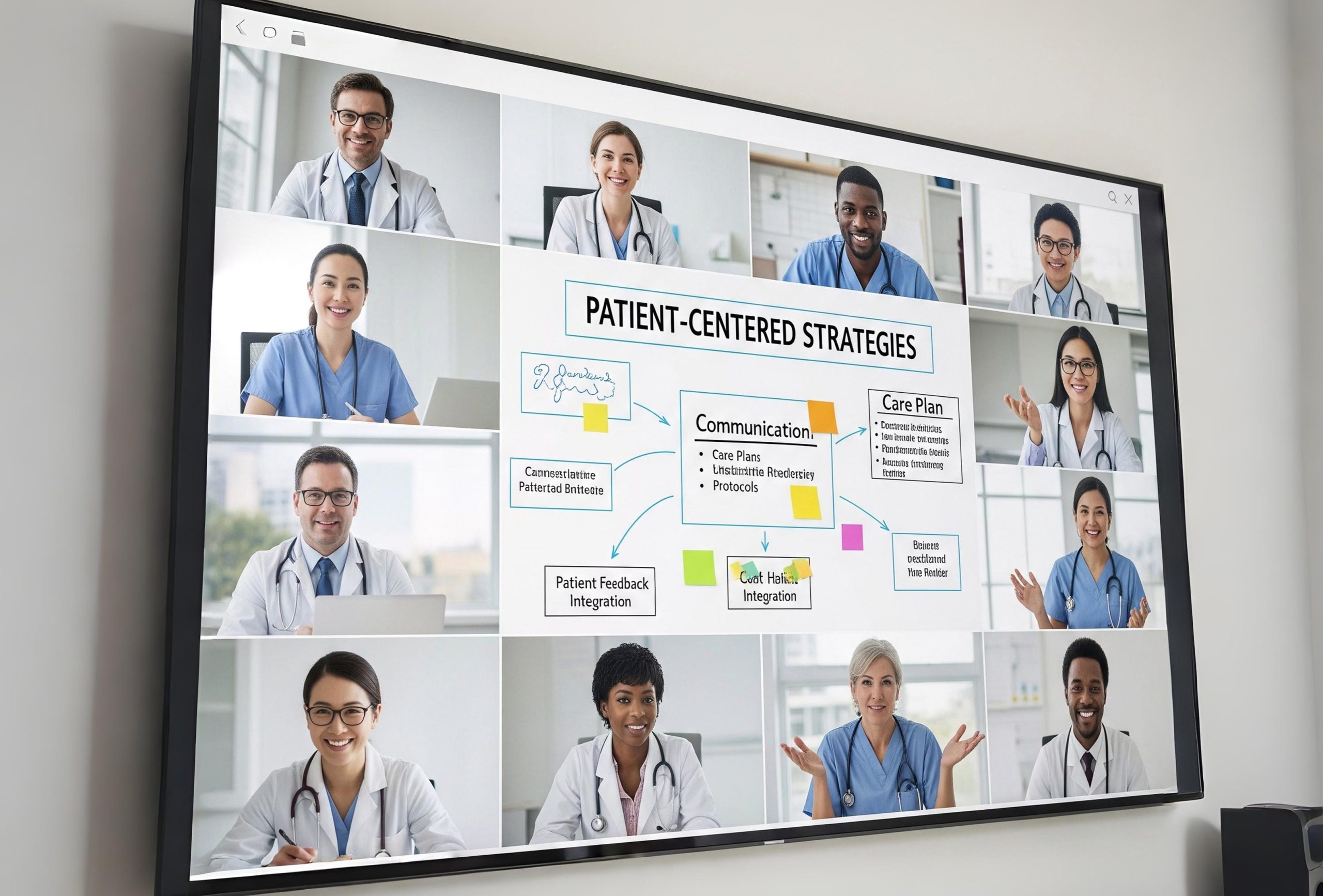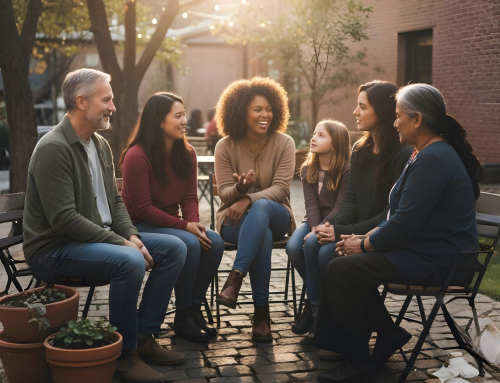When researchers and policymakers talk about “social engagement” among older adults, the conversation usually centers on family dinners, weekly calls from children, visits with friends, or church activities. These images shape the surveys we use, the screening tools we rely on, and the programs we build.
But here’s the problem: that’s not the whole story.
For many older adults, some of their most frequent — and sometimes their only — human interactions come not from friends or family, but from doctors, nurses, therapists, clergy, paid caregivers, or even volunteers. These encounters may not look like leisure or recreation, but they are still social contact. And yet, most surveys and screenings don’t count them.
The Problem of Siloed Measurement
Our current research tools unintentionally draw a hard line between “social” and “clinical”:
- Social surveys (like the Health and Retirement Study or the National Social Life, Health, and Aging Project) ask about contact with children, relatives, neighbors, and friends.
- Medical surveys (like Medicare utilization data or the National Health and Aging Trends Study) count office visits, hospital stays, and home health hours.
These categories are treated as separate worlds: one about relationships, the other about resource use. But for many older adults, they overlap. A primary-care visit may double as a key form of social engagement. A nurse’s routine check-in may be the only reliable conversation all week.
By keeping “social” and “clinical” in silos, we risk misunderstanding where older adults are truly getting their engagement.
Why This Blind Spot Matters
This isn’t just a technical oversight. It has consequences.
- Public health accuracy. If we only count family and friends, we miss the reality that millions rely on professionals for connection. That distorts the picture of who is “isolated.”
- Program eligibility. Many community and health promotion programs use screening tools that ask about family and friends. If an older adult’s main human contact is with a clinician, they may (or may not) look “connected” on paper — and miss opportunities to join programs that could broaden their networks.
- Provider burden. Clinicians are shouldering more than a medical role. For some patients, every visit carries double weight: diagnostic and relational. Recognizing this matters for provider training, workload, and system design.
A Better Way Forward
What’s needed is not just another survey, but a reframed approach:
- Let older adults define social engagement. Instead of telling them what counts, ask: “Who are the people you interact with most? Who do you consider part of your social world?” This shifts agency to respondents and captures reality more accurately.
- Count all human encounters. Clergy, home health aides, volunteers, clinicians, even casual professional contacts — they all matter. Excluding them distorts the data.
- Pair quantity with quality. Not every encounter carries the same meaning. Surveys should ask not only who older adults interact with, but how those interactions feel.
- Use the data to expand opportunity. If a survey shows an older adult’s main connections are with clinicians, that should flag them for outreach to community programs, intergenerational initiatives, or health-promotion activities that can widen their circle.
The Opportunity
Loneliness and isolation have been declared public health priorities. The U.S. Surgeon General has compared their risks to smoking 15 cigarettes a day. Communities are investing in new initiatives.
But unless our screening tools evolve, those investments risk missing the very people who need them most. By asking narrow questions, we leave older adults with professional-only networks invisible in the data — and excluded from solutions.
A screening tool that allows older adults themselves to define their social world could change this. It would reveal where they are really getting engagement, identify who is being left out, and ensure more people qualify for programs that enrich health and life.
Conclusion
If we truly want to address loneliness, we must widen the lens. Social engagement is not just friends and family. It is every human encounter that sustains an older adult — including those in exam rooms, hospital corridors, and community centers.
By acknowledging this reality, we can move from fragmented measures to an honest picture of aging in America. And from that honesty, we can design programs that give every older adult not just medical care, but meaningful connection.






